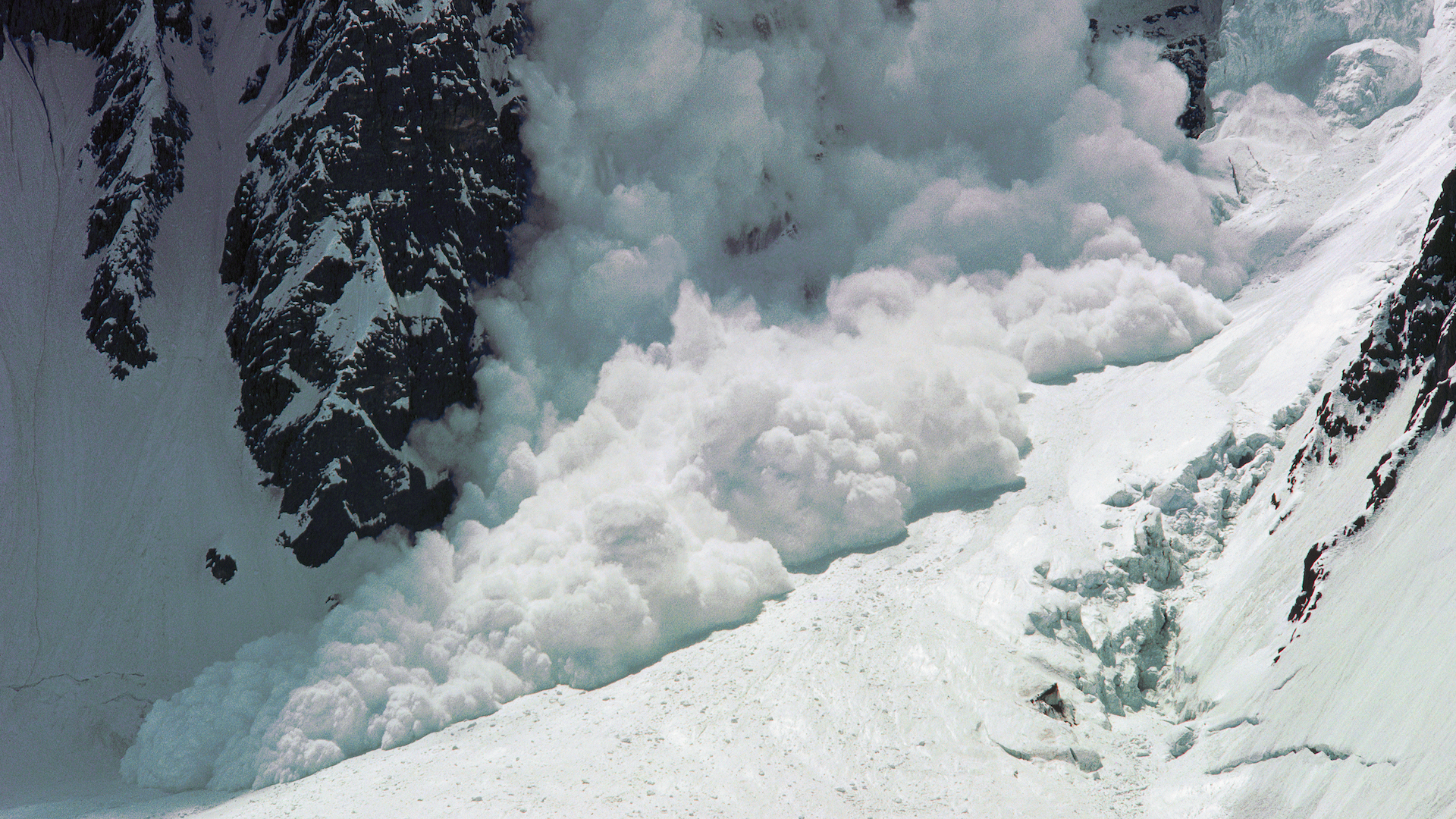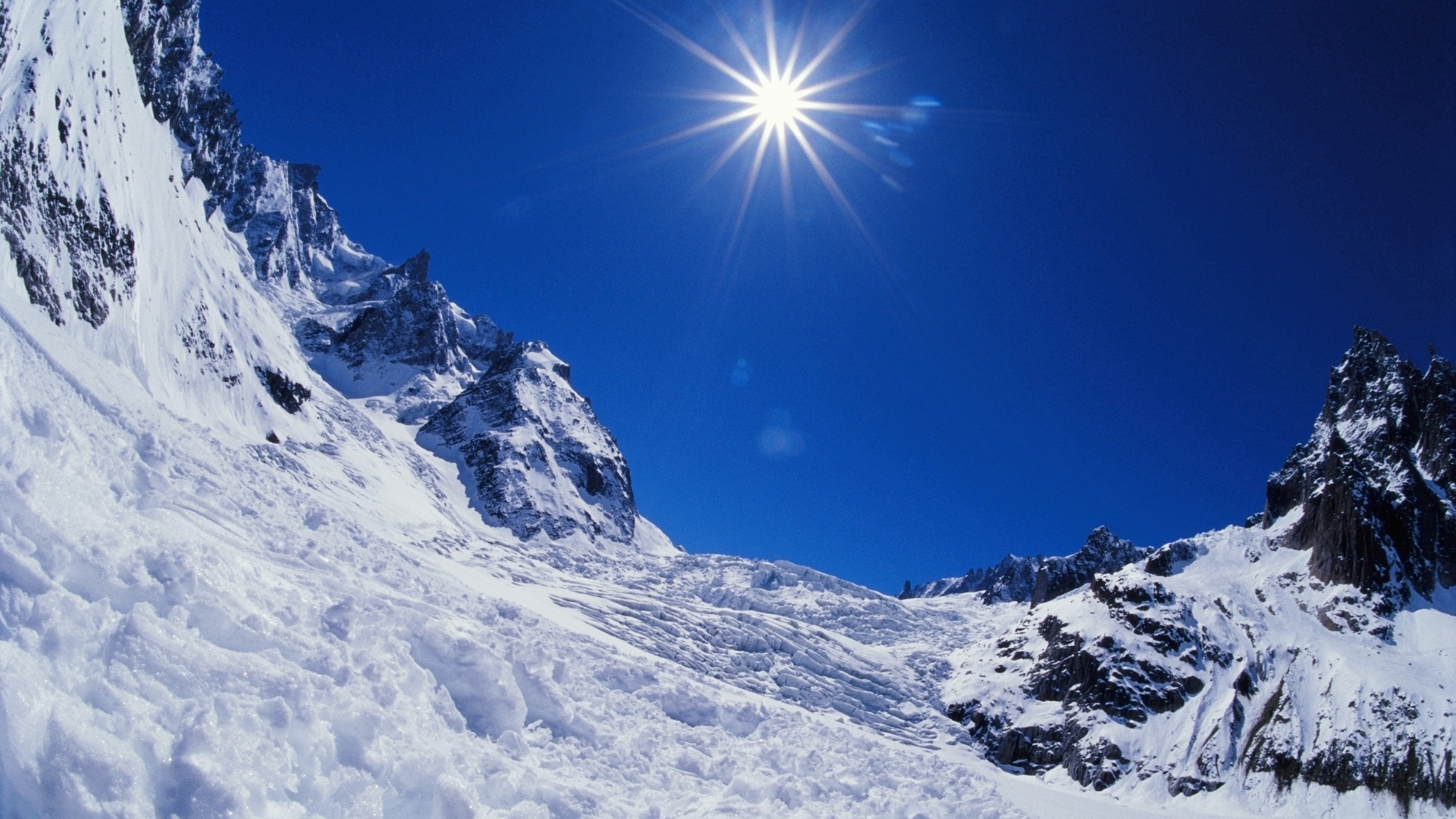"Whoompf" – first avalanche of the season reported in Colorado
The skier triggered slide occurred south of Independence Pass on Monday

Now that the mercury is well and truly heading south on the thermometer, it was only a matter of time before the first snow slide of the season in Colorado's ski country. The first avalanche of the 2023/24 winter season was reported to the Colorado Avalanche Information Center earlier this week, and there's no doubt it will be the first of many.
After the CAISC's grim recap of last winter's avalanche statistics in the state – which placed Colorado in the lead across the nation for avalanches with a total tally of 5,813 reported avalanches and 11 deaths – there's no doubt that the news will cause some degree of consternation even amongst those most excited for ski season to get underway.
On Monday, the CAIC received the report describing cracking and minor collapsing that occurred while two skiers were skinning up the Northwest ridge of Mountain Boy Peak, a 13er south of Independence Pass. The slope is at a 38-degree angle.
"Slope made a big "whoompf" and cracks shot across upon slide initiation," states the report, adding that surface hoar was observed. Surface hoar is frost crystals that are prone to collapsing.
The report details the cause as wind-loaded snow slab on top of facets as the result of snow which fell in late September and early October. The slide triggered just below the ridgeline and was about 100 yards wide, running around 300 feet before coming to a stop. Debris were approximately three to four feet in depth. No one was injured in the slide.

Avalanche safety
Backcountry skiers are reminded that avalanches can occur on any slope that is 30 degrees or more and is covered in snow and ice. Unstable snowpack is the most dangerous, meaning that the snow contains different layers of snow that vary in consistency, for example a layer of unconsolidated, loose snow topped by a thick, solid slab of ice.
Never venture into the backcountry without avalanche training and an avalanche beacon. You can learn more in our article on avalanche safety.
Advnture Newsletter
All the latest inspiration, tips and guides to help you plan your next Advnture!
Julia Clarke is a staff writer for Advnture.com and the author of the book Restorative Yoga for Beginners. She loves to explore mountains on foot, bike, skis and belay and then recover on the the yoga mat. Julia graduated with a degree in journalism in 2004 and spent eight years working as a radio presenter in Kansas City, Vermont, Boston and New York City before discovering the joys of the Rocky Mountains. She then detoured west to Colorado and enjoyed 11 years teaching yoga in Vail before returning to her hometown of Glasgow, Scotland in 2020 to focus on family and writing.

